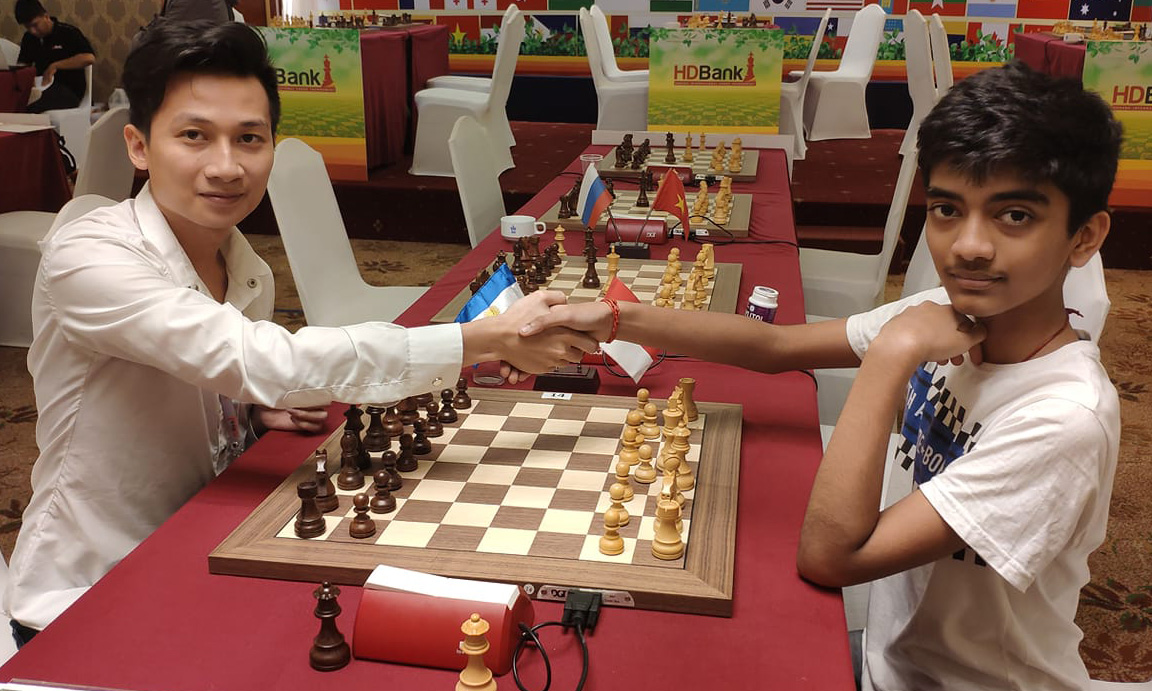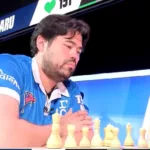The Fishing Pole Trap is a tricky one, and even grandmasters have found themselves caught in its snare by club players. If you’re not familiar with this trap, there are many ways to make mistakes, leading to a quick end to the game. Let’s prepare to beat much stronger opponents.
Firstly, explore a few variations where the fishing pole trap can occur, and we’ll discuss scenarios involving a bishop instead of a knight. This trap poses a real danger for both players, so it’s crucial to grasp what to watch out for. Whether you’re defending against or attempting to play the fishing pole trap, understanding these concepts is essential to avoid getting into trouble swiftly.
Examples
One of the popular fishing pole traps is found in the Berlin Defense of the Ruy Lopez Opening, and you can see it in action in this game:
The fishing pole trap unfolds with the move knight to g4. While it may not be the most brilliant move, at lower levels, it becomes a tricky maneuver. Most opponents, upon seeing this, might think the knight poses no immediate threat and respond with h3 to force it to move, assuming they gained a free move.
However, the trap lies in playing h5 instead of retreating the knight. Now, White has to tread carefully because capturing the knight is a blunder; it unleashes the rook, and more importantly, the queen is poised to join the attack. This forces White into a dilemma: return the piece right away and still face issues with their king, or attempt to save the knight, leading to a potential checkmate.
The Origin of the Fishing Pole Trap
Does it have any fishing? No. Does it have any pole? No. Well, let’s call it Fishing Pole. The actual origin of the Fishing Pole Trap remains a mystery. In my view, it might be called the fishing pole trap because, akin to fishing, the knight serves as bait to entice opponents. If the opponent falls for this trap, much like a fish caught on a hook, it’s game over for them.
To delve deeper into its history, you can check chess databases like chessgames.com, particularly exploring games from the 1500s and 1600s, possibly discovering the earliest instances of this trap to kickstart your research. Some also attribute its name to the legendary Bobby Fischer, suggesting he might have executed this trap many times in his career.
Strategies for Executing the Trap
As Black, you can set up this trap (bringing either the knight or bishop to g4) when White has castled on the kingside with their knight on f3. Execute this move only when your queen still occupies the d8-h4 diagonal, and refrain from kingside castling yourself.
Instead of memorizing traps, grasp their workings—why they succeed and why they backfire. Understanding the nature of each opening trap reveals the essence of the game, teaches piece coordination, and acquaints you with mate patterns. Enhance your skills by playing against stronger opponents who won’t easily succumb to these traps; that’s the key to improving your game.
Real Games
Check out this game of two advanced players, to see how Black executed the trap.
Defense Against the Fishing Pole Trap
To defend against the fishing pole, simply resist taking the bait, develope other pieces as normal. Every pieces are valuable, but where they stand matter the most. Over time, the knight on g4 would end up in an awkward position.
The Fishing Pole Trap variations
According to IM Ludovic Lejarre, amateur players are fond of traps, but what if White avoids capturing on g4? In that case, Black’s position appears somewhat awkward. To make this trap effective, Lejarre recommends steering away from overtly trapping moves and opting for strategic soundness. Instead of playing the knight to g4, he suggests playing the bishop to g4, creating a pin on the f3 knight.
The Fishing Pole is effective in the Four Knights game and various other openings. Just ensure your opponent castles before executing the knight move. You can even try a variant when playing as White.

I’m Xuan Binh, the founder of Attacking Chess, and the Deputy Head of Communications at the Vietnam Chess Federation (VCF). My chess.com and lichess rating is above 2300, in both blitz and bullet. Follow me on Twitter (X).







2 thoughts on “Fishing Pole Trap: How to execute”
Comments are closed.